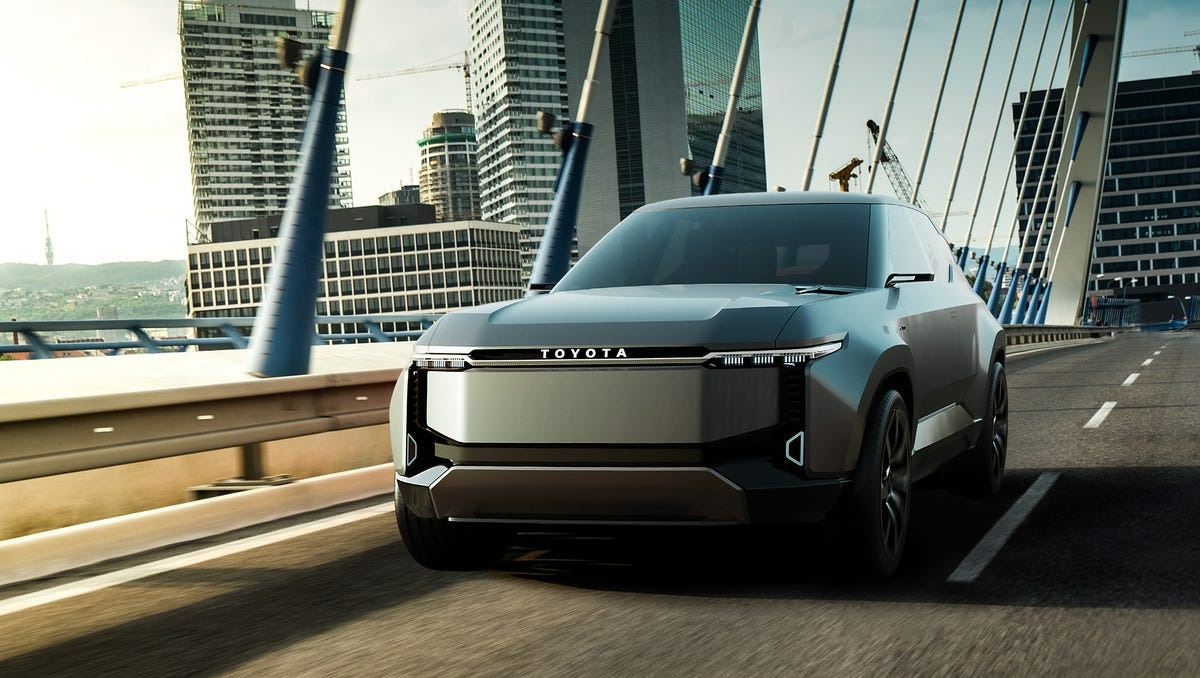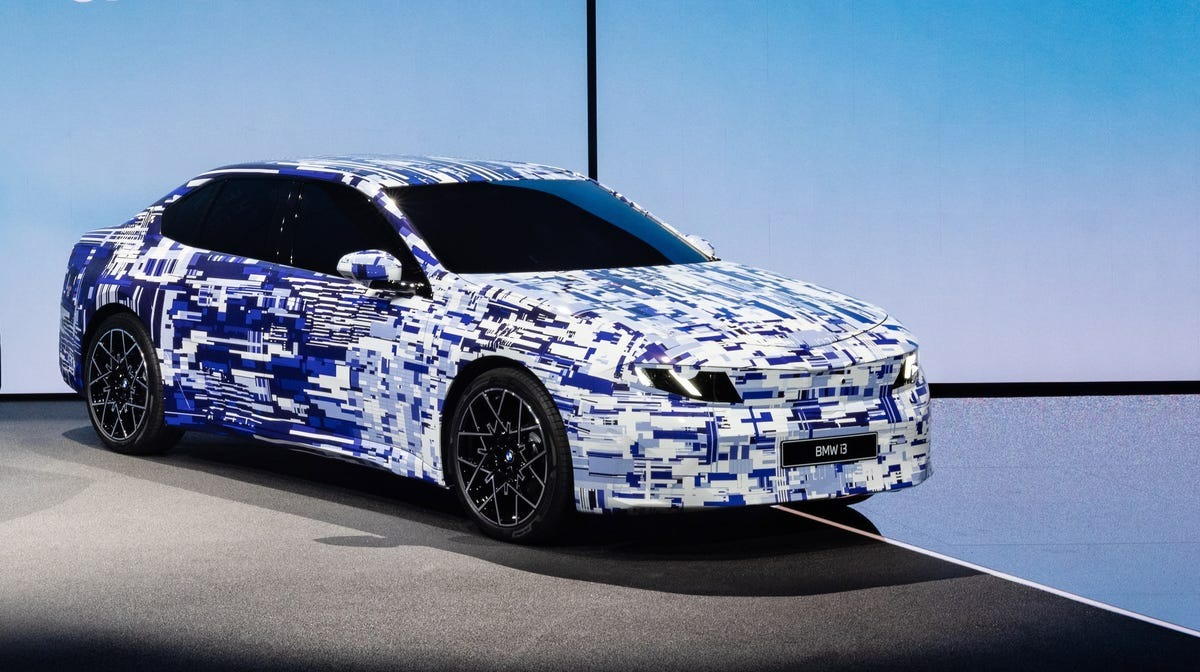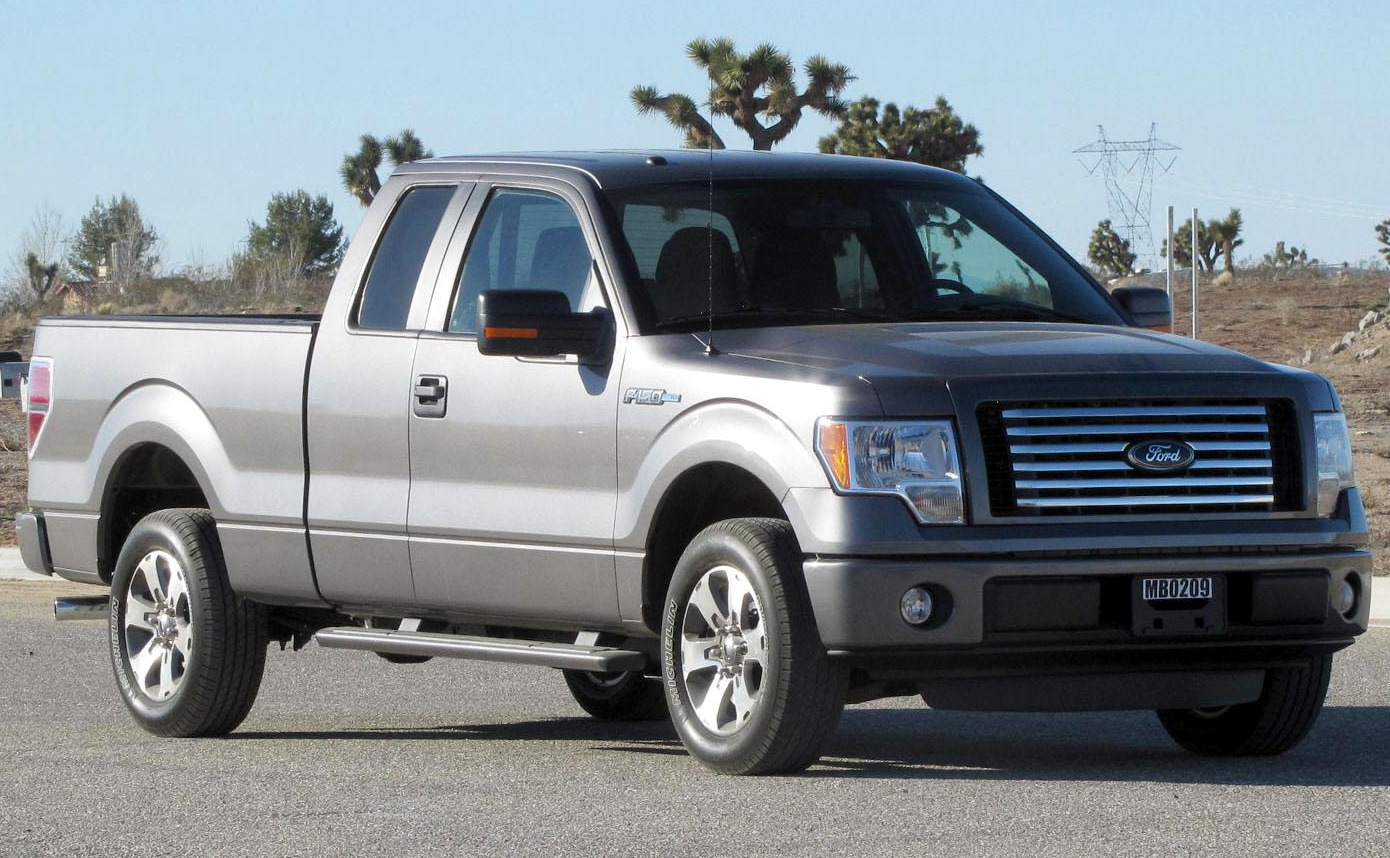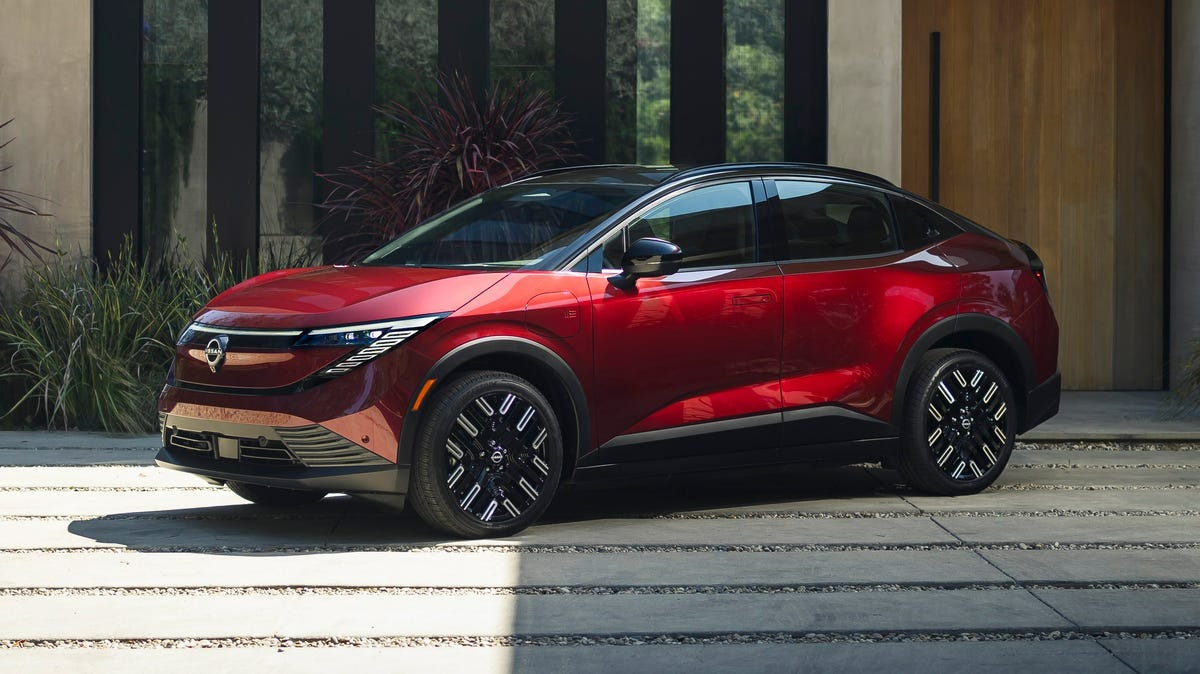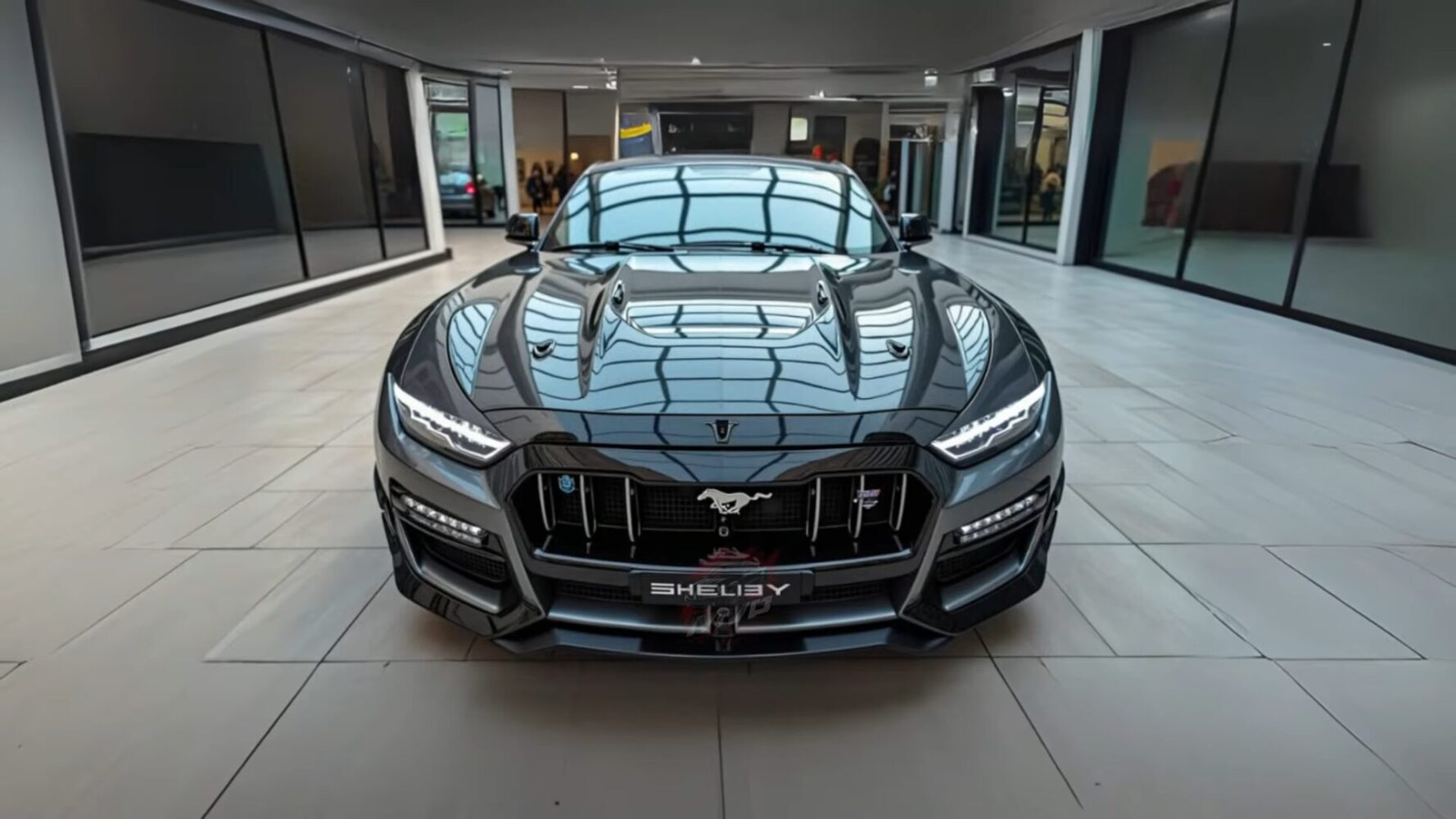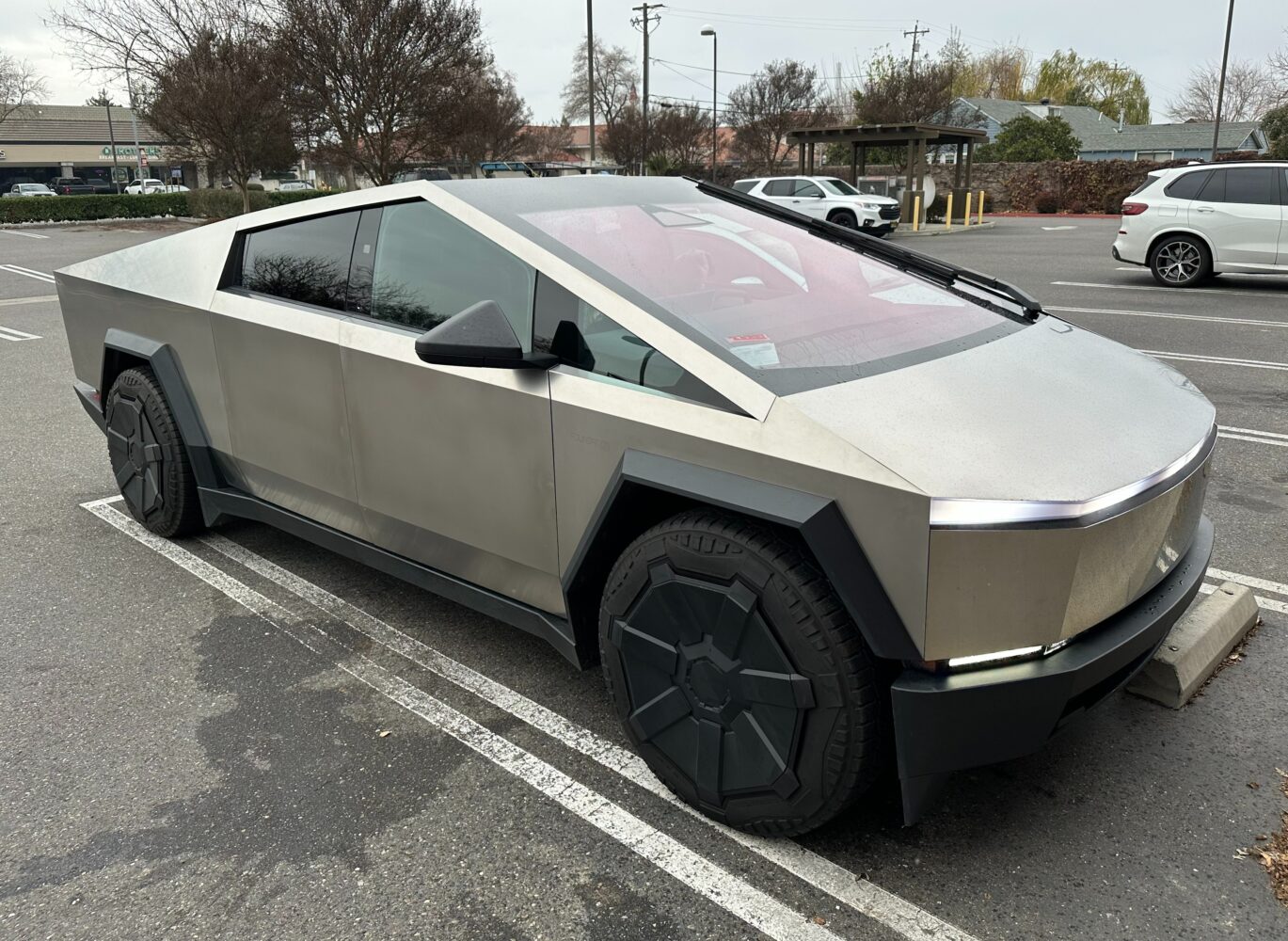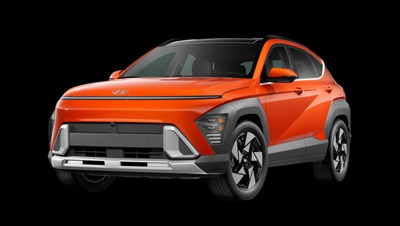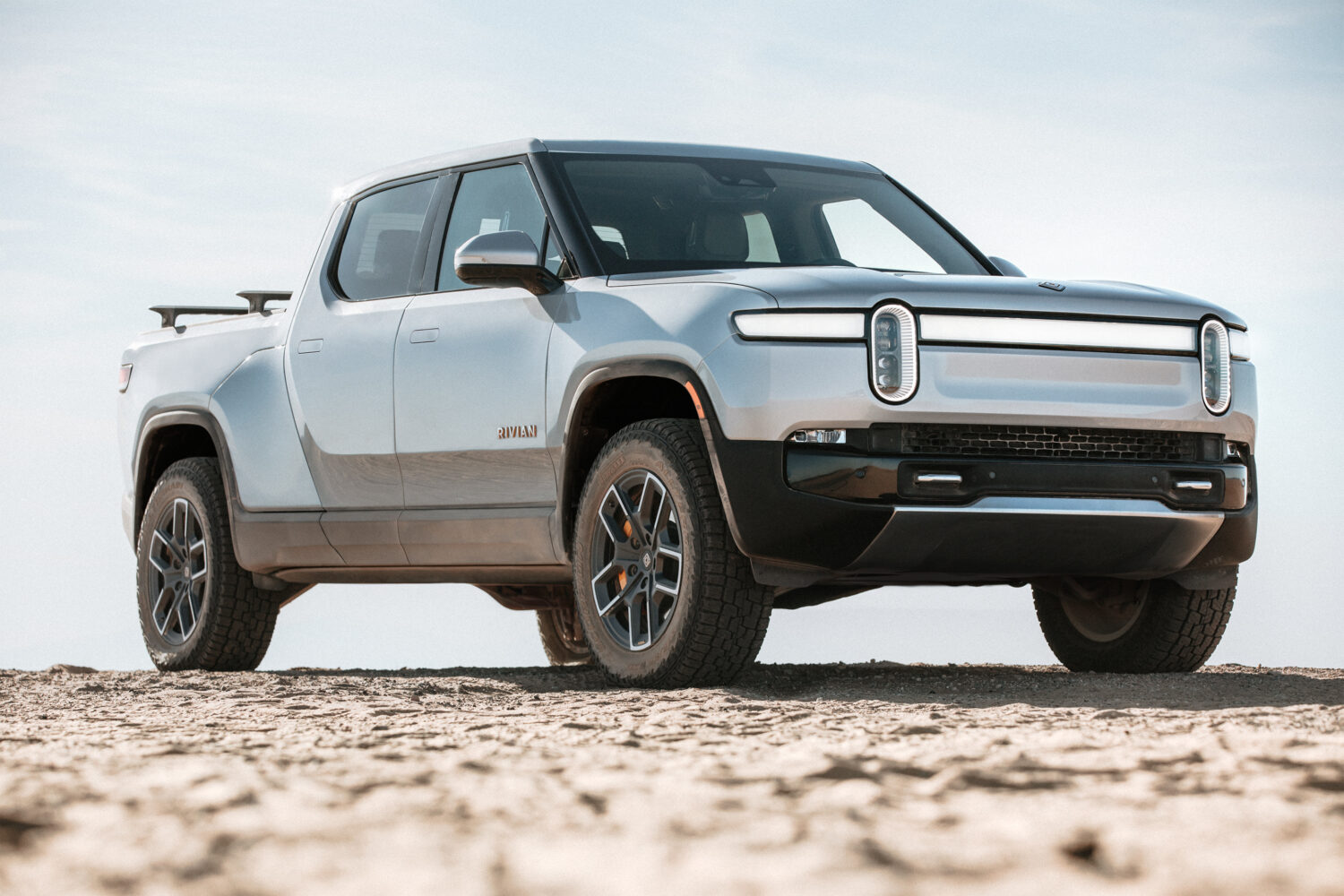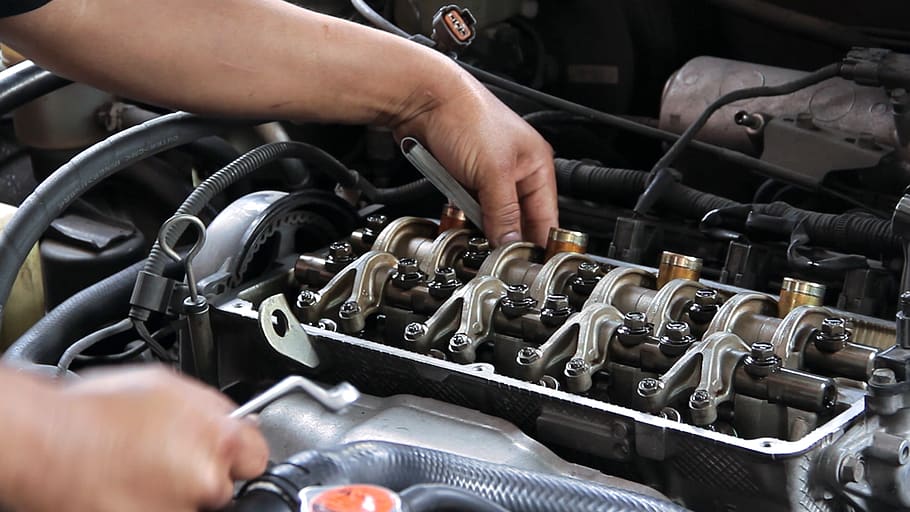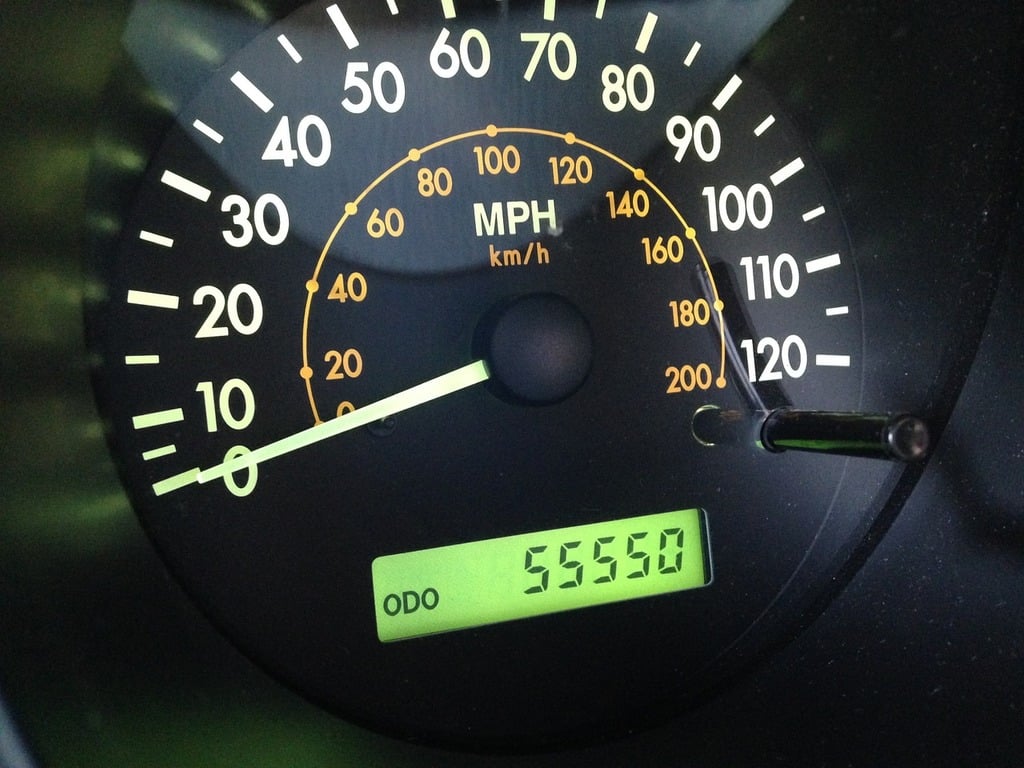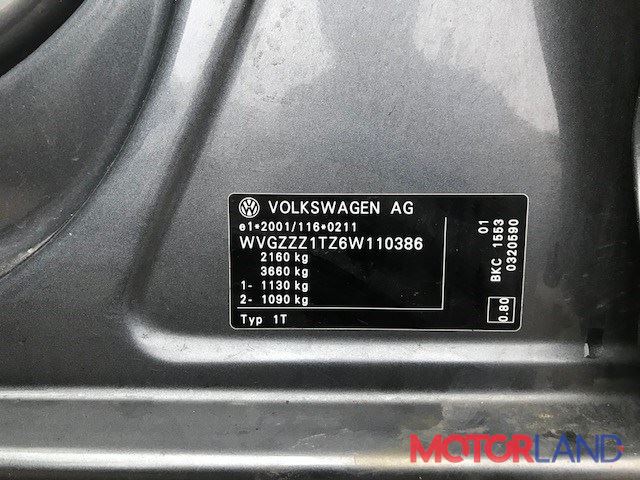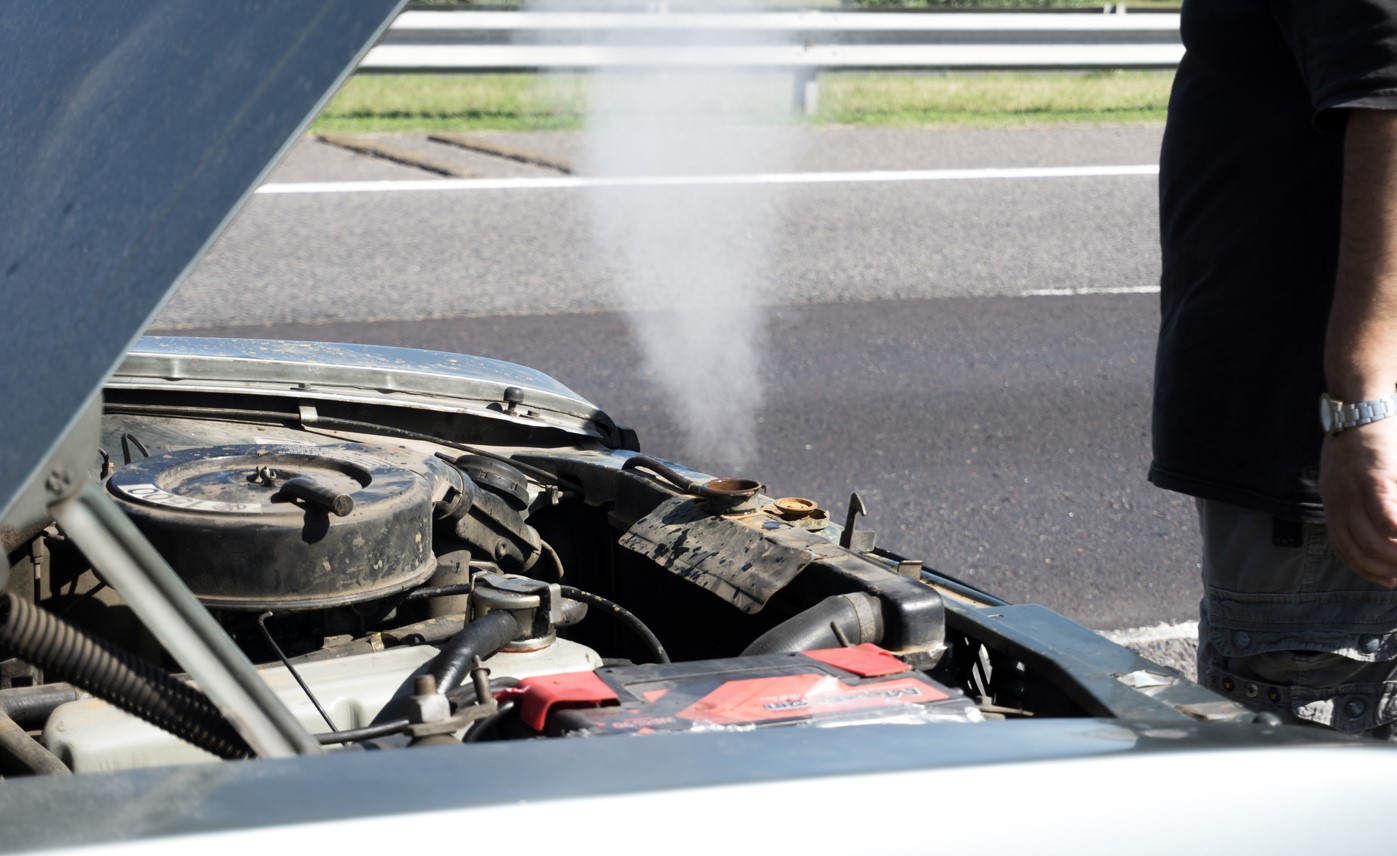When your $60,000 electric vehicle can become a potential tomb because the doors won’t open, something’s fundamentally wrong with the engineering priorities. Tesla’s industry dominance in the EV sector—holding roughly 50% of the U.S. electric vehicle market—makes these safety oversights particularly alarming. Since 2022, reports of trapped occupants have steadily increased as Tesla’s electronic door systems proliferate across their model lineup. Now, a grassroots movement of owners is literally taking safety into their own hands.
Tesla’s flush-mounted doors represent everything brilliant and problematic about Silicon Valley’s approach to automotive engineering. The aerodynamic benefits deliver measurable range improvements—roughly 3-5% better efficiency than traditional handles, according to aerodynamics studies. But Tesla’s obsession with seamless aesthetics created a nightmare scenario: when the 12-volt auxiliary battery dies or the main system crashes during impact, you’re suddenly trapped behind doors that won’t respond to conventional escape methods.
The emergency releases exist, but they’re deliberately hidden to maintain design purity. This design philosophy prioritizes Instagram-worthy interiors over occupant survival—a trade-off that’s proving deadly.
The Hidden Handle Problem
The Model Y’s emergency door releases exemplify user-hostile design masquerading as innovation. Front passengers must locate an unmarked lever concealed beneath the window switch assembly—a move that’s counterintuitive under stress. Rear passengers face an even more absurd challenge: removing door pocket panels to access buried release cables.
Traditional vehicles solve this with mechanical redundancy. Pull harder when electronics fail, and the door opens. Tesla chose minimalism over mechanical backup systems, creating what safety experts call “cognitive load during crisis”—the last thing you want in an emergency.
The human cost became tragically clear in Toronto when four occupants died in a crashed Model Y. The electronic doors wouldn’t open, and the victims couldn’t locate the hidden emergency releases. That’s not a manufacturing defect—that’s a fundamental design failure that prioritizes aesthetics over human survival.
The DIY Safety Revolution
Tesla owners have abandoned waiting for corporate solutions. They’re installing bright-colored pull cords, 3D-printing emergency grips, and mounting Velcro instruction tags inside their vehicles. What started as individual modifications has spawned a cottage industry—companies like EV Dynamics now sell $22 emergency escape kits because there’s genuine market demand for basic survivability features.
This grassroots safety revolution reveals an uncomfortable truth: when customers consistently modify factory safety systems, the original engineering failed. You don’t see Toyota Camry owners retrofitting emergency door mechanisms because Toyota designed theirs correctly the first time.
In fact, many mechanical fail-safes—like hidden trunk releases and manual door overrides—are the kind of car secrets only seasoned drivers know, passed down through years of practical experience. With Tesla, however, even veteran drivers are forced to improvise, since these critical safety features are either hidden or absent altogether.
The market response speaks volumes. Reddit communities share modification blueprints with thousands of upvotes. YouTube tutorials for Tesla emergency releases rack up hundreds of thousands of views. This isn’t typical enthusiast tinkering—it’s survival preparation.
Beyond Tesla: The Electronic Everything Problem
This situation exposes a dangerous trend in modern automotive design: the assumption that electronic systems are inherently superior to mechanical backups. When your door handle becomes a touchscreen interface with a motor, you’ve prioritized user experience over emergency functionality.
Tesla’s recommended smartphone app backup for door opening perfectly illustrates this Silicon Valley thinking. In a burning vehicle or flood situation, you’re supposed to unlock your phone, launch an app, and hope you have cellular service? That’s not emergency planning—that’s tech-bro problem-solving applied to life-or-death scenarios.
Other manufacturers face similar temptations but maintain mechanical redundancy. Audi’s electronic handles still function mechanically when pulled with force. Ford’s systems default to mechanical operation during power failures. Tesla’s approach treats mechanical backup as aesthetic compromise rather than safety necessity.






